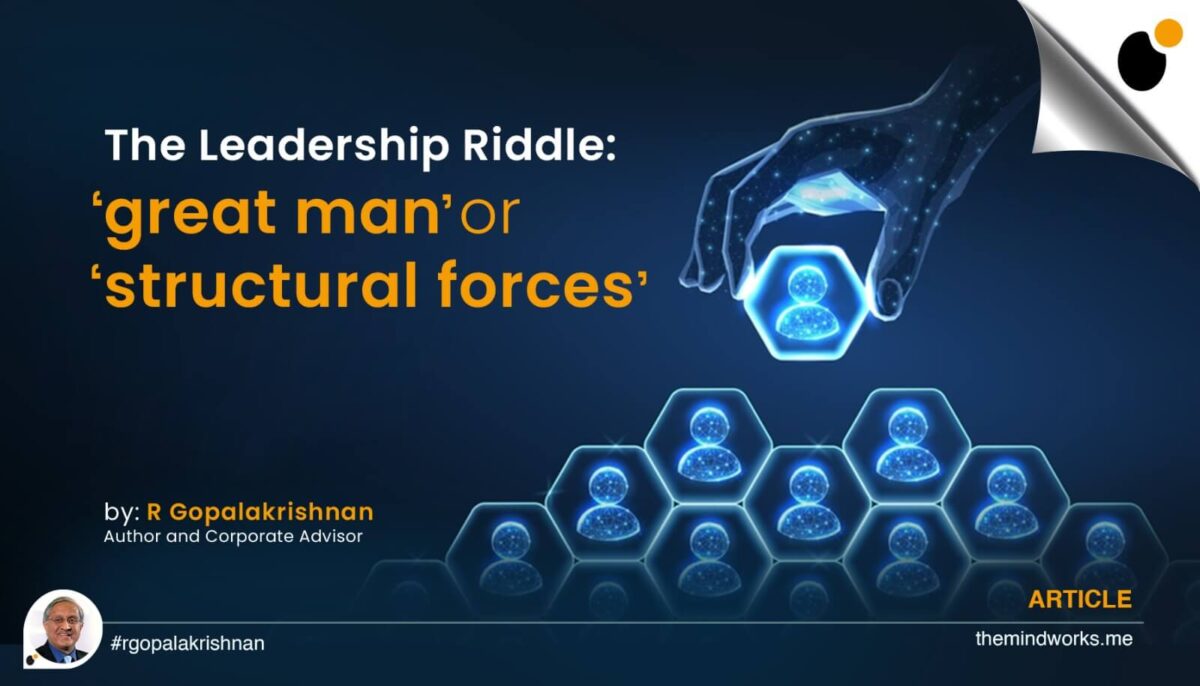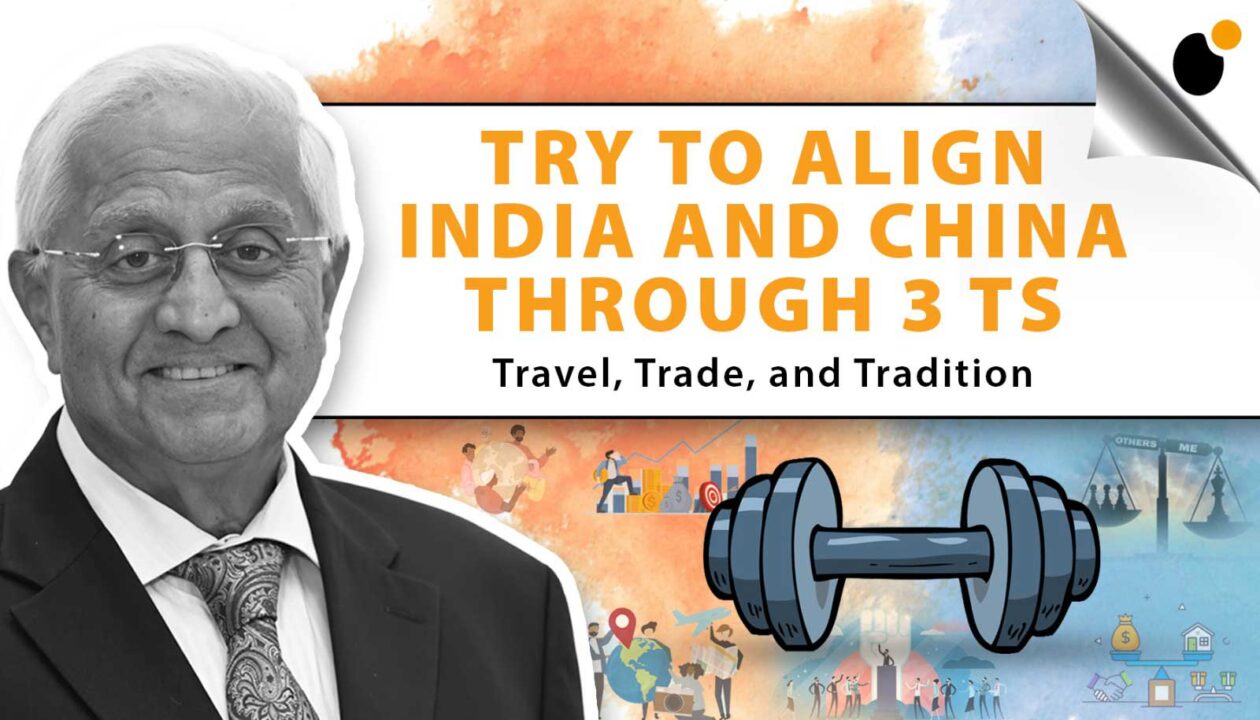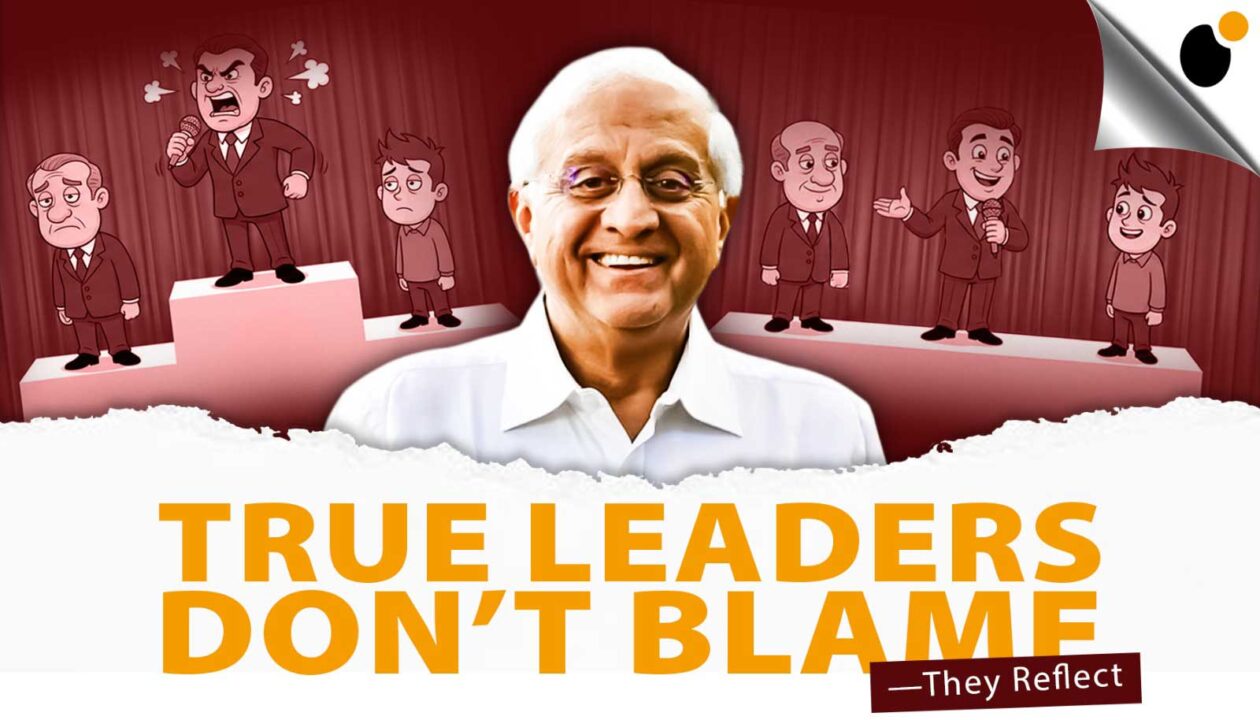By R Gopalakrishnan*
*The writer’s latest book, JAMSETJI TATA: powerful learnings for corporate success, coauthored with Harish Bhat, has been published in July 2024. He welcomes feedback at his email ID rgopal@themindworks.me
The Leadership Riddle: ‘great man’ or ‘structural forces’
There are two contrasting views about great leadership. Business writing has largely adopted the ‘Great Man Theory’, perhaps inspired by Scottish essayist, Thomas Carlyle, who wrote, “The history of the world is but the biography of great men.” American anthropologist Margaret Mead too had said, “Never doubt that a small group of thoughtful, committed citizens can change the world.”
On the flip side, Dr Jane Ridley, Professor of Modern History at Buckingham University, dismisses the great man theory as ‘romantic claptrap’. Leo Tolstoy had felt that “history is made by the sum total of an infinite number of small decisions taken by ordinary people, whose actions are too unremarkable to be documented.” In the Structural Forces perspective, geography, economics, technology, and even chance conspire to create the great leader.
I doubt if there is a single truth, and I am inclined to the view about structural forces.
My interest lies in the world of enterprise. George W Merck of American pharma major, Merck & Company, defined his business purpose altruistically,” Medicine is for people and not profits. If you remember that, profits will follow.” One of his successors, Roy Vagelos, initiated the longest-standing donation program in history by supplying free Ivermectin, Merck’s new drug, for river blindness to Africans who could not afford to buy the drug.
The great men of enterprise include two types: those with an insatiable aptitude to chart new paths (John D Rockefeller, Andrew Carnegie) or those who could extract unimaginable efficiency out of resources. In particular, the efficiency extractors are lionized during their times—and, quite often, they are criticized later. Think of Harold Geneen of ITT, Jack Welch of GE, and Carlos Ghosn of Renault Nissan.
Efficiency and effectiveness do not mean the same thing. Technological systems lend themselves to actions of efficiency, while social systems desperately cry out for actions of effectiveness. Peter Drucker was regarded as a great management guru during his lifetime. Charles Handy, who died last month, disliked being called a ‘management guru.’ He preferred to be called ‘a social philosopher.’ Both Charles Handy and Peter Drucker focused their life’s work on the effectiveness vector rather than on the efficiency vector of enterprise.
Society and business organizations are living systems, which must balance efficiency with effectiveness. Too much of one can be a killer. When I ask managers whether an entrepreneur can earn too much wealth or a firm can earn too much profits, my audience is nonplused by the silliness of my question. The reality is that too much wealth or profit can kill. For example, humans get oxygen through its 20% presence in air. Breathe 100% pure oxygen from a cylinder, and you will be dead in days. Chemical molecules like fentanyl heal when consumed in small doses, but too much kills.
Pre-industrial revolution times of Frenchman Honore de Balzac triggered his remark that behind every great fortune, there lies an equally great crime. Modern enterprises permit legitimate accumulation of wealth. Very wealthy entrepreneurs must figure out what happens after their time. Recall how Swami Vivekananda subtly influenced John D Rockefeller in 1894, “Is it possible that you are merely a conduit for this wealth?” After several years, Rockefeller wrote all his wealth to the Rockefeller Foundation. On 25th November 2024, Warren Buffet wrote a remarkable letter to his shareholders, “…. hugely wealthy parents should leave their children enough so that they can do anything, but not enough that they can do nothing …. I have watched my children grow into good and productive citizens…they enjoy being comfortable financially, but they are not preoccupied with wealth.” (italics mine).
It will be 28th December when this article appears, when Ratan Tata would have turned 87. His virtues far outstripped his frailties. That is why so much was written by so many, so many institutions held memorial meetings, and so many causes were launched to memorialize his name. It can be unerringly stated that he was the Ratan of today’s Bharat, whether a Bharat Ratna or not!
Perhaps one big lesson from the life of Ratan Tata, and indeed the 156-year-old experiences of the Tata organization, is that men and women get catapulted amidst the maelstroms of technology, society, geography, economics, and chance to accomplish great things for mankind and society. Recall the humility of Jamsetji Tata when said to Bombay Governor Lord Reay in 1880s, “Providence has favored me with so much wealth.”
Great leaders are team players. Jamsetji with contemporaries like Bezonji Mehta and Burjorji Padshah, JRD with contemporaries like Sumant Moolgaokar and Faqir Chand Kohli, and Ratan Tata with contemporaries like Noshir Soonawala and Jamshed Irani, all felt humbled by their opportunity to play an important role. It is valuable to reflect on Ratan’s spirit of innovation, wealth creation and community centricity. This is exemplified also by others like TVS, Murugappa, Godrej, Bajaj, Wipro, Infosys and so on.
Food for thought. Happy New Year.



